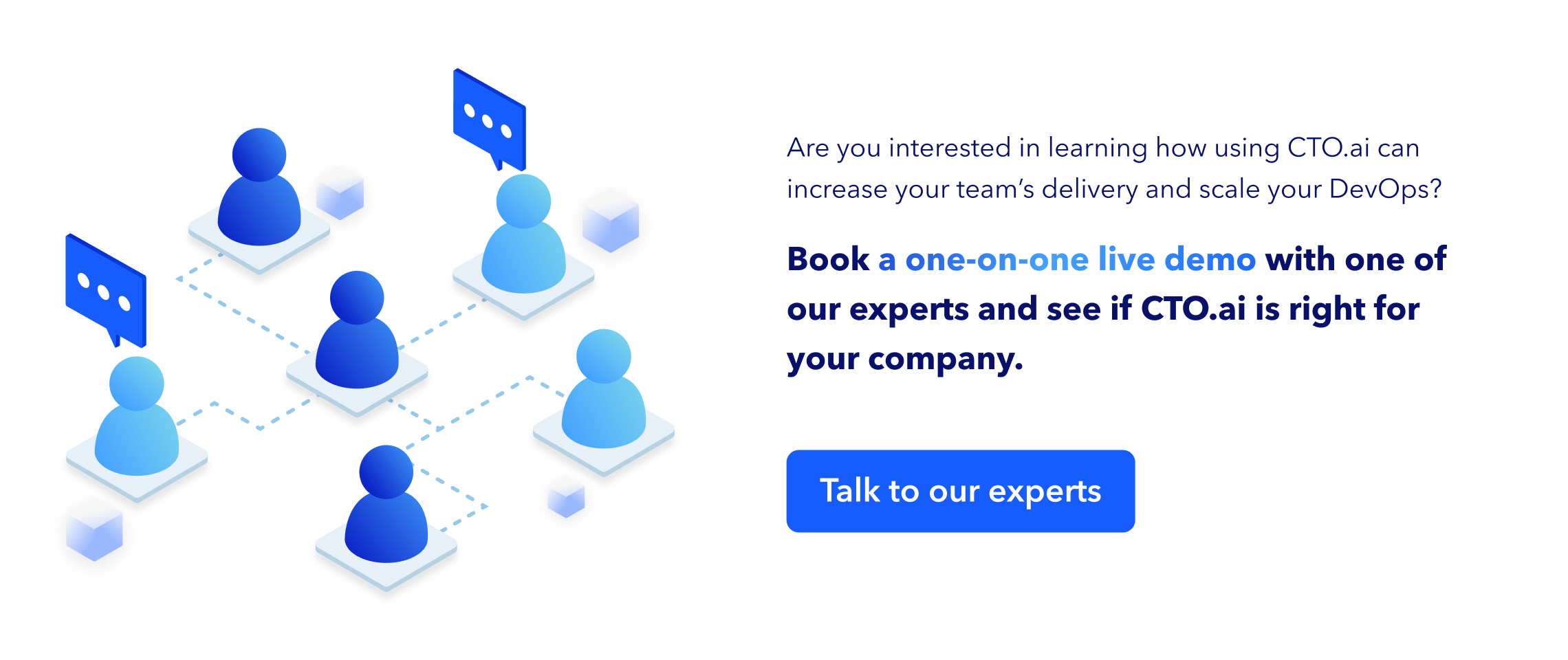Top 5 Trends for DevOps in 2022
DevOps has been flourishing for over the past decade since 2009. The practice of combining software development with IT operations to provide continuous delivery across software, applications, and more has been a cornerstone for many businesses, companies, and teams across the globe. The global DevOps market grew 18.6% in 2021 and over the next 5 years has a projected growth rate of 20% CAGR as reported by Global Market Insights.
(GMI DevOps Market Report 2020)
As 2021 is officially behind us and we’re well into the New Year let’s look at the Top 5 DevOps trends to be on the lookout for throughout 2022.
1) Kubernetes - Security
Kubernetes or K8s is an open-source system for automating deployment, scaling, and managing containerized applications. Software developers can easily share applications and software with IT operations in real-time with Kubernetes.
Kubernetes usage has been up 84% since 2020, however, a survey conducted by Red Hat found 94% of respondents have faced security issues with Kubernetes over the past year. Kubernetes have deployed over 29 different safety applications via Operationshub.io, however there are still more security applications and measures being taken by external companies such as, Aqua Security, Snyk, and Wiz who all received massive funding in 2021. Kubernetes security is expected to have a big leap forward in 2022 as there is a huge opportunity to improve security through techniques such as infrastructure as code (IaC) scanning and more. Since Kubernetes security applications are growing both internally and externally, learning how to best use and integrate these apps will be a challenge in the near future.
2) Edge Computing
Edge computing is helping DevOps teams handle their data safely and efficiently, which is resulting in quicker deployment and delivery of applications. By using edge computing in DevOps, it enables stakeholders and partners to use continuous delivery and integration to move code to test production rapidly.
Edge computing is a distributed computing model that brings data storage and computation closer to the sources of data. Rather than transmitting data to servers at data centers for processing or analysis, a portion of data and computing resources are deployed closer to the raw data source, which can result in better data management, lower connectivity costs, more secure practices, and more reliable connections.
3) Cloud-Native Infrastructure
Cloud-Native Infrastructure is the hardware and software that supports applications that were designed for cloud usage. These are typically controlled by APIs and managed by software with the purpose of running applications on the cloud. Microservices and Dockers are examples of cloud-native applications.
Since a majority of DevOps teams use cloud-based working environments and applications the rate of cloud migration is expected to double, especially considering many teams and companies are now fully remote or in hybrid environments. Cloud infrastructure has five main benefits which include: on-demand self-service, which is being able to provide your own computing resources, broad network access, which allows for multiple device and platform access, resource pooling, which is physical and virtual resources that dynamically assign on-demand, rapid elasticity, which allows for scaling inward or outward on-demand, and measured service, where cloud systems can optimize, control, and report resources based on service.
4) Microservice Architecture
Microservice Architecture is a pattern of organizing computer systems into services that can scale with demand. The architecture pattern of microservices is a progression of service-oriented architecture (SOA), which structures your application as a collection of loosely coupled services.
Although the Microservice Architecture is a very popular choice for DevOps, the overall serverless computing industry is still growing rapidly, which means we can expect to see more migration towards Microservices leaving older architecture behind. Microservices allow developers to improve their workflow by segmenting services according to their organization’s needs, rather than scaling an entire application at once. If something goes wrong in this process, Microservices make it easy to identify and contain the problem without disrupting the whole application.
5) Automation
Automation is nothing new. Industries across the board have all looked towards automating workflows, tasks, pipelines, and more. Automation can help accelerate the software development lifecycle and provide real-time insights for process improvement. By automating cloud-native tooling teams will be able to directly publish applications to AWS, GCP, or Azure.
Automation in the DevOps workflow helps to remove manual errors, reduce lead times, remove latency, and remove the dependency on individual performance by empowering your team. Using automation in DevOps leads to an increase in consistency, reliability, and enables faster and more frequent releases. Ultimately, automation aims to reduce or eliminate inefficiencies and promote reliable and consistent output.
As the year is just starting these are just 5 trends to be on the lookout for, however, the DevOps industry is growing at a rapid pace and there will always be something new to look forward to.

Faster Delivery without hiring more DevOps engineers
Are you looking to achieve faster delivery of your software and applications without hiring more DevOps engineers? CTO.ai is a modern automation platform that offers a fully managed developer control plane to deliver, this is an intuitive PaaS-like CI/CD workflow that will enable even the most junior developers on your team to deliver on DevOps promises.
Contact us or try our platform for 14 days free of charge, to see how the developer control plane can easily integrate with all your applications and tools so you can get up and running with this solution in minutes not months.


Comments